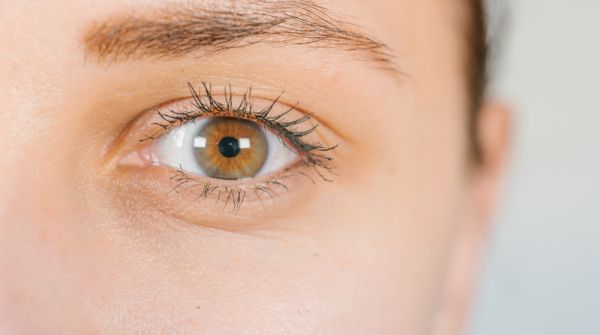
Eyelid surgery, also known as blepharoplasty, can be performed on anyone, regardless of age. Whether a patient was born with eyelid issues or the surgery is to reduce the appearance of aging, blepharoplasty can alter the appearance of upper and/or lower eyelids.
What is Eyelid Surgery For?
There are a number of reasons to have eyelid surgery, one of which is ptosis. People of any age experience ptosis, which is the drooping of eyelids. Ptosis can be congenital, meaning an individual is born with it. Droopy eyelids can be a result of a loss of elastin, the weakening of eye muscles or the result of overstretched tendons. Droopy eyelids can also be the result of an injury or trauma to the eye. Eyelid cosmetic surgery can also be performed to eradicate under-eye bags. If you elect to have blepharoplasty, you can do a 2 lid or 4 lid procedure.
Symptoms of Ptosis
Why is it sometimes necessary to correct ptosis with plastic surgery? Droopy eyelids can impair vision and even cause dissatisfaction with appearance. Patients with ptosis often overcompensate by habitually raising their eyebrows, which can lead to muscle strain and more wrinkles on the forehead. A plastic surgeon can help evaluate if you are a good candidate for ptosis surgery, which is typically a 2 lid, or upper lid procedure only.
4 Lid Surgery: What Does it Include?
If you suffer from baggy under-eye areas, you can include lower lid surgery in your blepharoplasty procedure. When you opt for 4 lid surgery, you can have the upper eyelids lifted and the under-eye bags removed. The procedure for remedying under-eye bags involves repositioning fat under the eyes, and/or the removal or tightening of lower eyelid skin.
Eyelid Surgery Recovery Expectations
The recovery for eyelid surgery, or blepharoplasty, is typically about the same whether you undergo a 2 lid or 4 lid procedure. It is recommended you have a ride home from the outpatient procedure and avoid eye strain for about one week. You can expect to see the results of blepharoplasty immediately, with full results anywhere from four to six weeks after the procedure.
When you consult with a plastic surgeon regarding your blepharoplasty procedure, be clear with your expectations and desired outcome. You always want to ensure you’re on the same page and have examples of what you’d like the blepharoplasty to accomplish.
